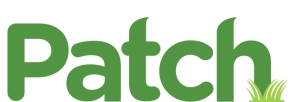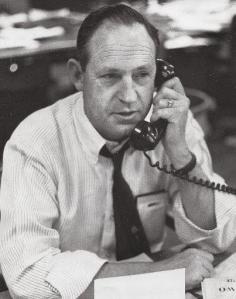I had more views in January than I’ve ever had in a month on my blog. Sometime Wednesday night or early Thursday, I passed my record of 32,725 set in October 2012. Traffic this morning was at 34,815. I’ll certainly top 35,000 for the month, with a reasonable shot at 36K.
Update: With 1,116 views on Jan. 31 (my 16th day over 1,000 views in January), I ended January with 35,739 views, beating my old record by more than 3,000.
For a variety of reasons, my traffic in 2013 had dipped below 2012 levels, running 20,000 to 25,000 views most months. A post about Twitter and competition on Saturday, Jan. 4, started a surge in traffic like I hadn’t seen in over a year. Where weekend traffic usually runs a little over 500 views a day, I had 3,500 views that day and 2,000 that Sunday and then topped 2,000 again on Monday (weekday traffic normally runs a little under 1,000).
With that kind of start, a strong month was almost guaranteed. That post about Twitter and competition had 6,668 views in January. The only post to draw more traffic in a calendar month was my Dear Newsroom Curmudgeon … post in April of 2012, which topped 8,000 posts its first month.
A couple of follow-up posts on livetweeting and on how word of that competition post spread in social media added another 797 views combined.
A second factor in the strong January traffic was the growing popularity of a post from last summer, providing advice on what to do if you hit Twitter’s limit of 2,000 people that anyone can follow. Above that limit, you need to meet a certain ratio of followers to people you can follow.
This traffic is largely search-driven and resulted in 2,208 views in January. Traffic to that post has climbed every month since August, and it got twice as many views in January as it did in July, the month it was published. As I suggested in the post, Twitter should consider whether it needs to adjust that limit or provide a way for legitimate Twitter users to get exceptions. It’s not a good thing for a business when thousands of people are searching Google for help on dealing with a limitation of your product.
Those two Twitter posts (plus the follow-ups on the competition post) combined for nearly 10,000 views for the month, more than one-fourth of the blog’s traffic for the month. I need to remember that when Twitter questions arise, I should blog about them. I had been procrastinating for months about the post on the follower limit. (more…)










